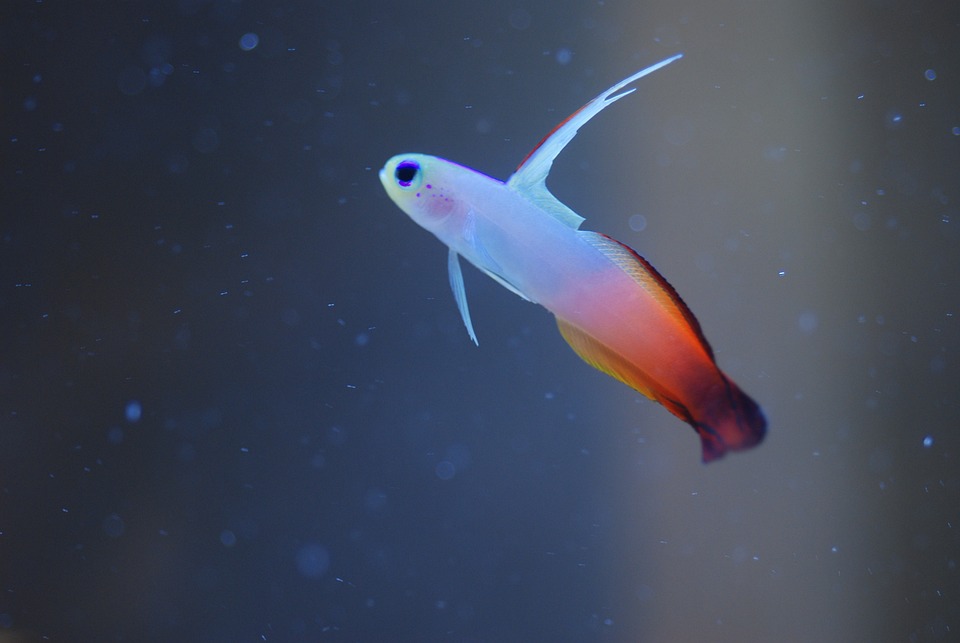Additionally, maintaining optimal water quality and temperature, as well as implementing feeding techniques that mimic natural behavior, can further enhance foraging behavior and promote disease resistance in fish.
Fish health is of paramount importance in aquatic environments. Just like any other living organism, fish are susceptible to various diseases that can impact their overall well-being. Exploring disease resistance in fish has become a significant area of research, with scientists and fish enthusiasts focusing on understanding the factors that contribute to a fish’s ability to resist diseases.
Foraging behavior plays a crucial role in fish tank settings as it promotes natural movement, mental stimulation, and a balanced diet. Fish that engage in regular foraging behavior are more likely to exhibit enhanced disease resistance. When fish actively forage, they are more likely to consume a diverse range of food sources, which provides them with the necessary nutrients to maintain a healthy immune system.
Several factors influence foraging behavior in fish tank settings. Tank size and layout are important considerations. A larger tank with ample hiding spots, plants, and structures promotes exploration and natural foraging behavior. It allows fish to exhibit their natural instincts and reduces stress levels. Additionally, the availability and placement of food sources within the tank also play a significant role in stimulating foraging behavior. Placing food sources in various locations encourages fish to search and scavenge, enhancing their mental and physical well-being.
Water quality and temperature are vital factors that can affect foraging behavior in fish. Poor water quality and extreme temperature conditions can lead to reduced foraging behavior. Fish require clean and well-maintained water to thrive and engage in natural foraging activities. Maintaining optimal water conditions is crucial to support their overall health and disease resistance.
To enhance foraging behavior and promote disease resistance, fish owners can implement various strategies. Providing a stimulating environment with hiding spots, plants, and structures encourages fish to explore and engage in natural foraging activities. Incorporating natural food sources, such as live or frozen prey, can also stimulate their natural instincts and provide a more balanced diet.
Feeding techniques that mimic natural foraging behavior can also be implemented. Scatter feeding, where food is scattered throughout the tank, encourages fish to search and scavenge, simulating their natural feeding patterns. Slow-release feeders and interactive feeding toys can also engage fish mentally and physically, promoting their overall well-being.
Social interactions and a dominance hierarchy within a group of fish can also influence foraging behavior. Fish are social animals, and interactions within a group can stimulate foraging behavior. Establishing a dominance hierarchy can ensure fair access to food and encourage competition, which resembles natural feeding patterns.
In conclusion, understanding and promoting foraging behavior in fish tank settings is crucial for enhancing fish health and disease resistance. By providing a stimulating environment, incorporating natural food sources, and encouraging social interactions, fish owners can create an optimal habitat that supports their pets’ natural instincts and overall well-being.









